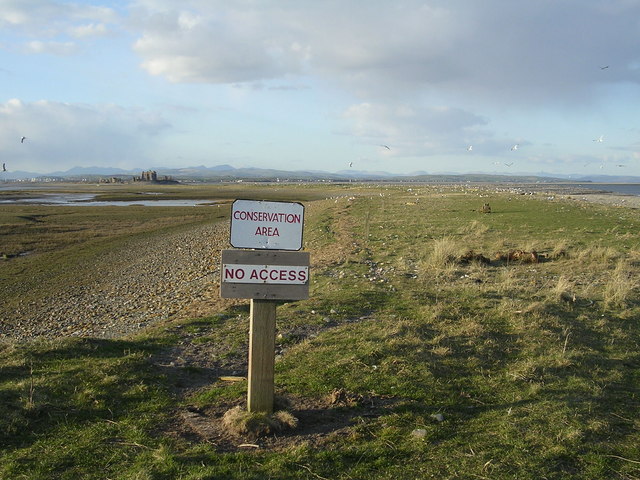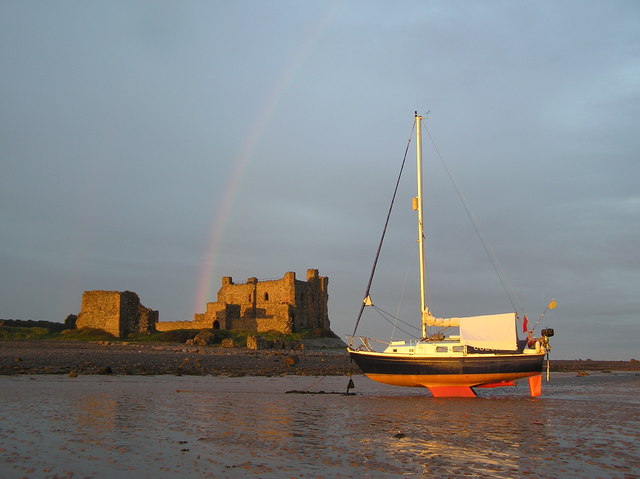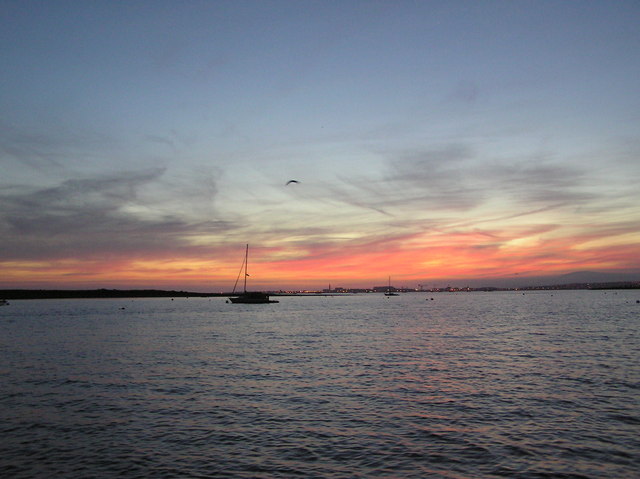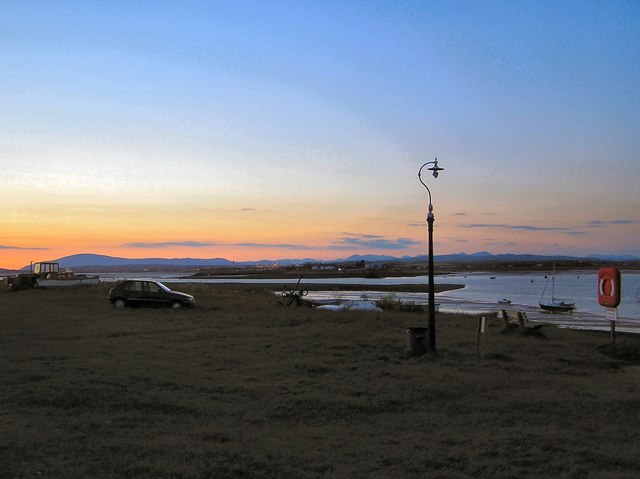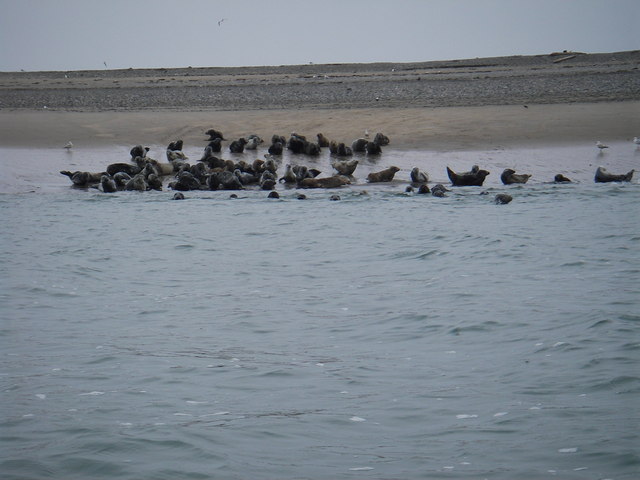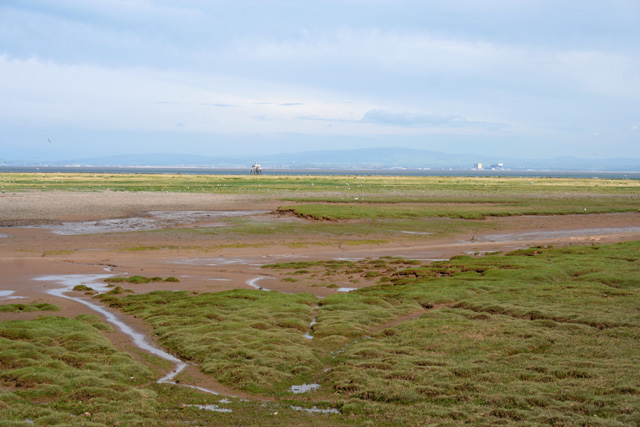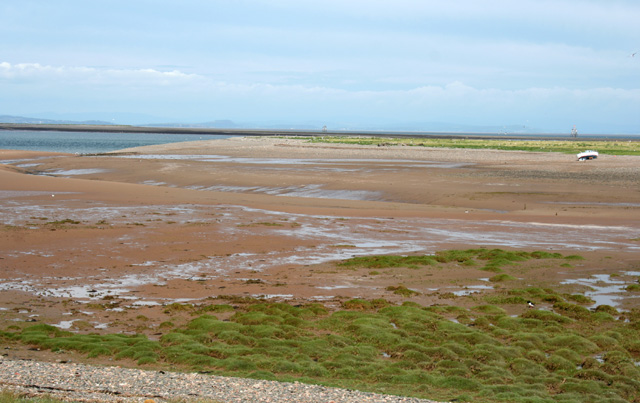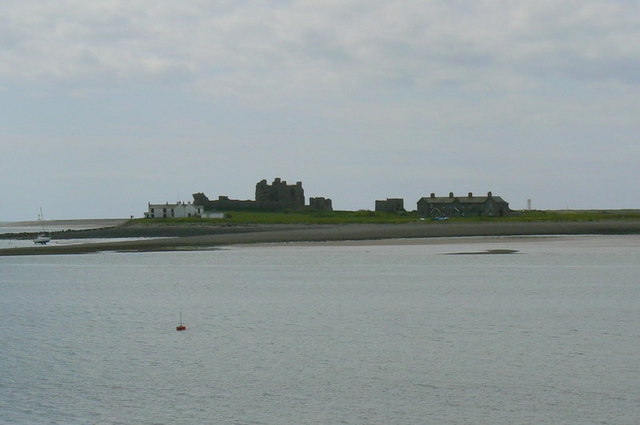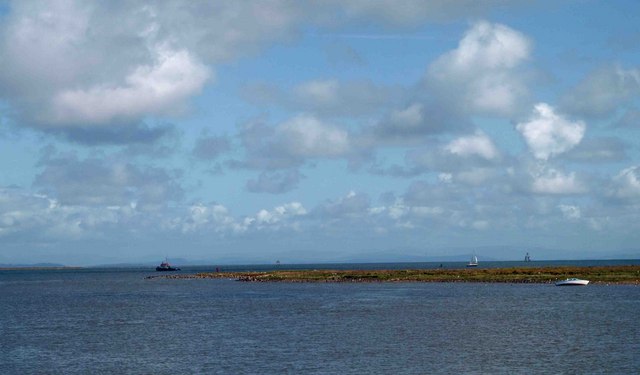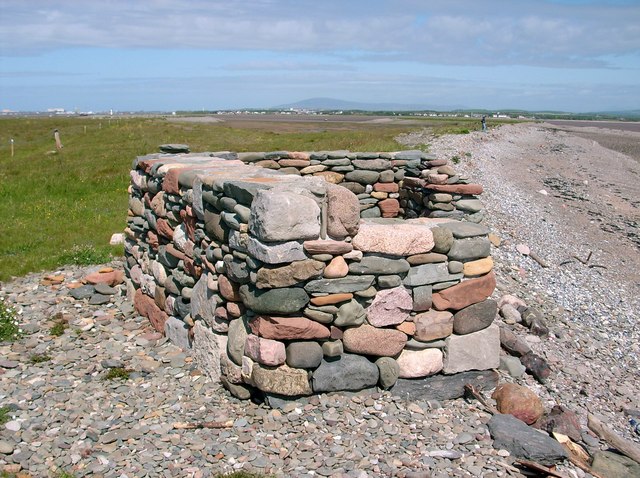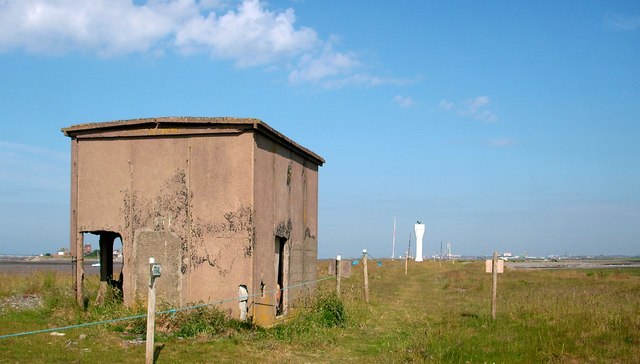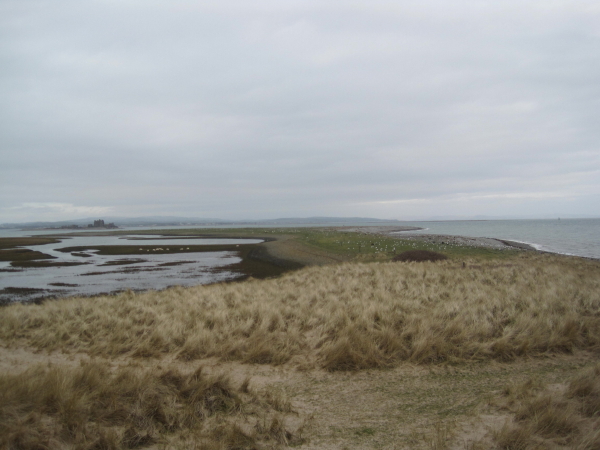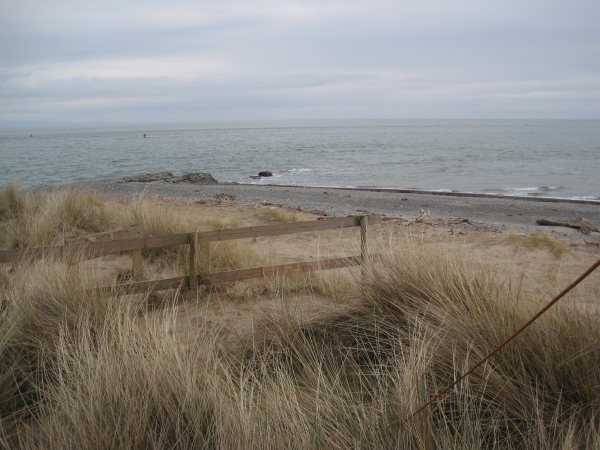Clay Ridge
Coastal Marsh, Saltings in Lancashire Barrow-in-Furness
England
Clay Ridge
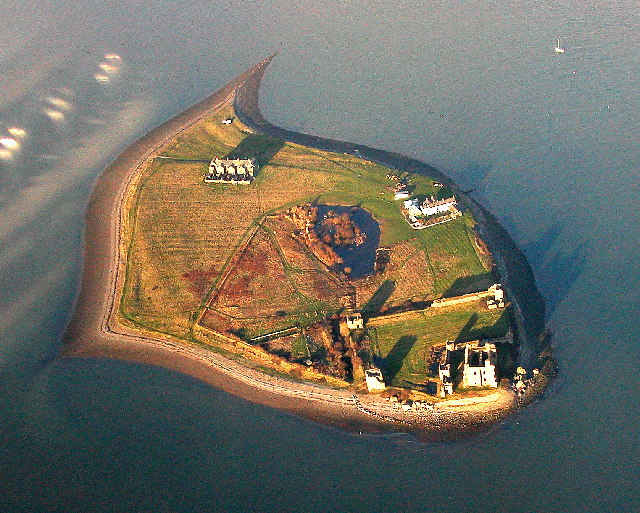
Clay Ridge, located in Lancashire, England, is a unique coastal marshland characterized by its vast expanse of saltings. This area stretches along the coastline for several kilometers, providing a diverse and fascinating landscape for both locals and visitors to explore.
The marshland is primarily composed of clay soil, giving rise to its name. This clay soil is rich in nutrients and supports a wide variety of plant and animal life. The saltings, which are salt marshes, are formed by the regular flooding of seawater during high tides. This creates a unique ecosystem that is home to numerous species of plants and animals that have adapted to the saline environment.
Clay Ridge boasts a stunning array of flora and fauna, making it a popular spot for nature enthusiasts. The marshland is adorned with vibrant salt-tolerant plants such as sea lavender, sea purslane, and glasswort. These plants provide food and shelter for a plethora of bird species, including wading birds like curlews, redshanks, and avocets. Additionally, the marshes are inhabited by various insects, amphibians, and small mammals.
The landscape of Clay Ridge, with its rolling dunes and expansive mudflats, offers breathtaking views of the coastline and the Irish Sea. The area is perfect for leisurely walks, birdwatching, and photography. It also serves as an important habitat for migratory birds, as they stopover during their long journeys.
Overall, Clay Ridge in Lancashire is a captivating coastal marshland that showcases the beauty and diversity of nature. Its clay soil, saltings, and abundant wildlife make it a must-visit destination for anyone seeking a unique and enriching outdoor experience.
If you have any feedback on the listing, please let us know in the comments section below.
Clay Ridge Images
Images are sourced within 2km of 54.057632/-3.1482461 or Grid Reference SD2463. Thanks to Geograph Open Source API. All images are credited.
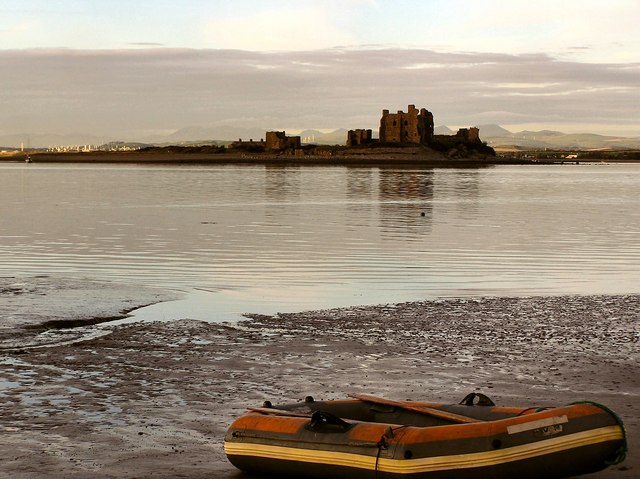
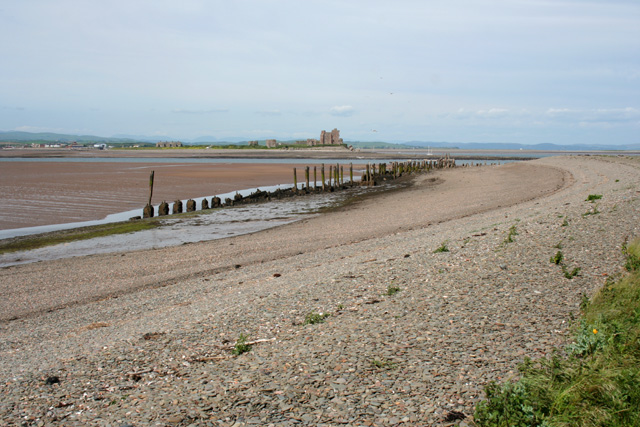
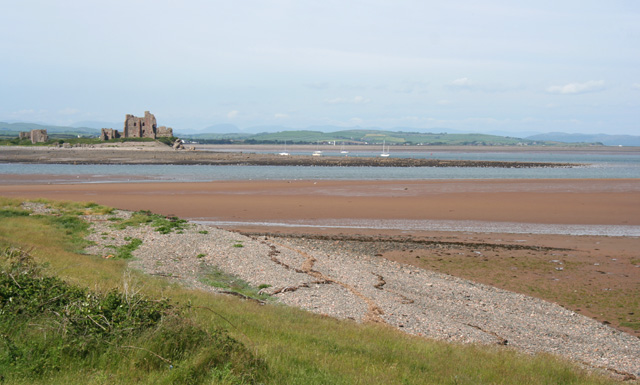
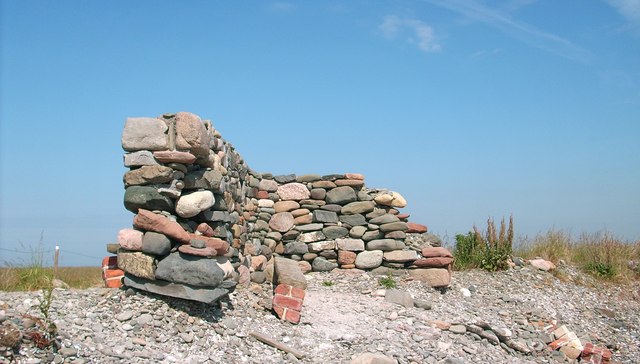
Clay Ridge is located at Grid Ref: SD2463 (Lat: 54.057632, Lng: -3.1482461)
Administrative County: Cumbria
District: Barrow-in-Furness
Police Authority: Cumbria
What 3 Words
///brilliant.weeded.mimes. Near Barrow in Furness, Cumbria
Nearby Locations
Related Wikis
Foulney Island
Foulney Island is a low-lying grass and shingle area 1 mile (1.6 km) to the south-east of Roa Island, off the southern tip of the Furness Peninsula in...
Piel Castle
Piel Castle, also known as Fouldry Castle or the Pile of Fouldray, is a castle situated on the south-eastern point of Piel Island, off the coast of the...
Piel Island
Piel Island lies in Morecambe Bay , around 1⁄2 mile (800 metres) off the southern tip of the Furness peninsula in the administrative county of Cumbria...
Walney Lighthouse
Walney Lighthouse is a functioning lighthouse located on Walney Island in Barrow-in-Furness, Cumbria, England. The current building dates to the early...
Roa Island
Roa Island lies just over half a mile (1 km) south of the village of Rampside at the southernmost point of the Furness Peninsula in Westmorland and Furness...
Piel railway station
Piel railway station was the terminus of the Furness Railway's Piel Branch in Barrow-in-Furness, England that operated between 1846 and 1936. Located on...
Rampside
Rampside is a village in Cumbria, England. Historically in Lancashire, it is located a few miles south-east of the town of Barrow-in-Furness, in the north...
Rampside Leading Light
Rampside Leading Light, also known as "The Needle", is a leading light (navigation beacon) located in the Rampside area of Barrow-in-Furness, Cumbria,...
Have you been to Clay Ridge?
Leave your review of Clay Ridge below (or comments, questions and feedback).
